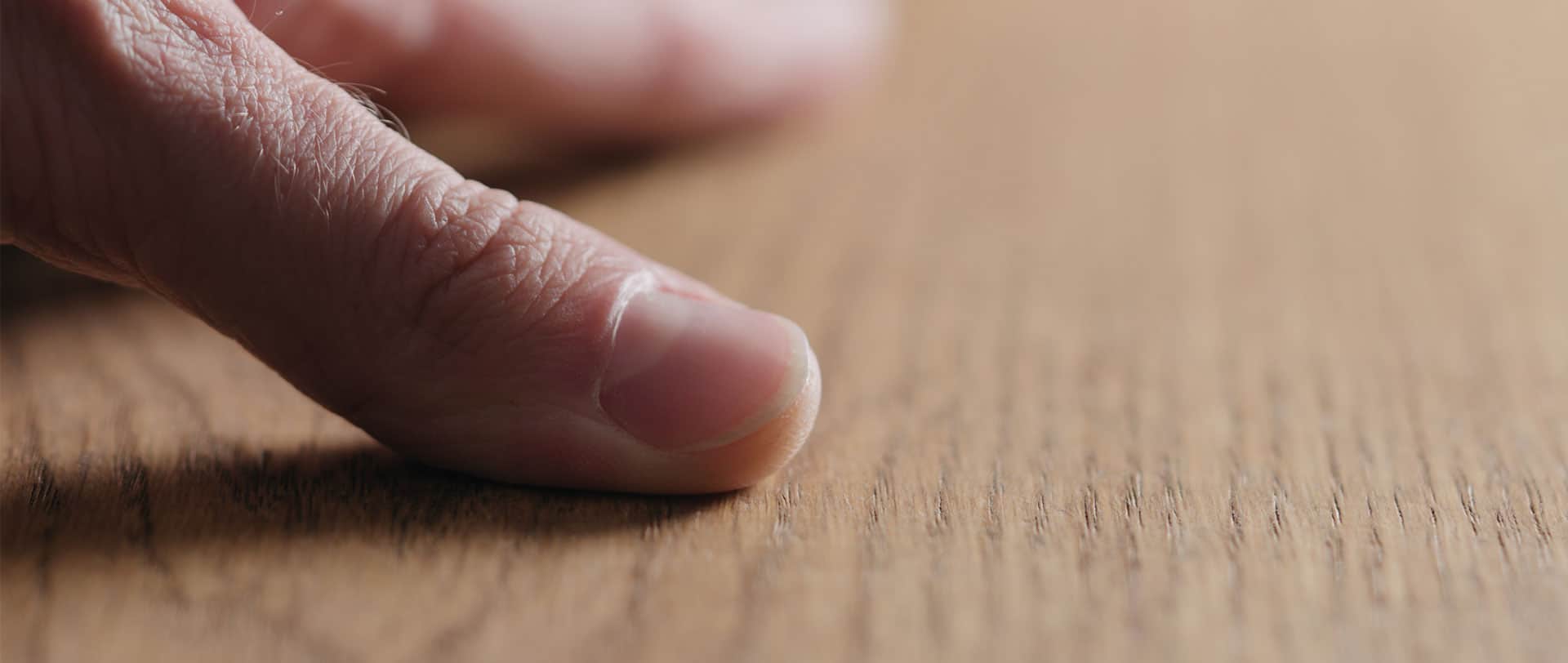
Wood provides timeless beauty, richness, and comfort to any interior. As a renewable resource, it is a preferred ecological choice if sourced from a sustainably managed forest. Expert Floors by Lauzon are manufactured from slow growing trees harvested from sustainably managed Canadian forests. They showcase the unique qualities and style characteristics of wood species, offering multiple design options.
Wood species hardness determination follows a very precise method which allows to rank both hardwoods and softwoods on a comparable scale, from harder to softer. The method was created in 1906 by Gabriel Janka, an Austrian-born wood researcher, and in 1972 standardized by the American Society for Testing and Materials (ASTM).
Now known as the Janka Scale, it quantifies the resistance of a wood species (in pound-force lbf) to denting by measuring the force required to embed a 0.444” steel ball to half its diameter into a plank.
Hardwood starts at a rating of 950. If all can answer standard residential needs, the best species that offers superior dent resistance while being not so hard that they are difficult to saw and nail (increased installation costs), are: Hard Maple (aka Canadian or Sugar Maple), Red Oak, White Oak, Ash and Beech.
Sub-species differentiation is critical. For example, there are 3 common sub-species of Maple in North America, but each has a very different hardness level and resistance performance: Hard Maple at 1,450 vs Red Maple at 950 vs Silver Maple at 700 (half of Hard Maple).
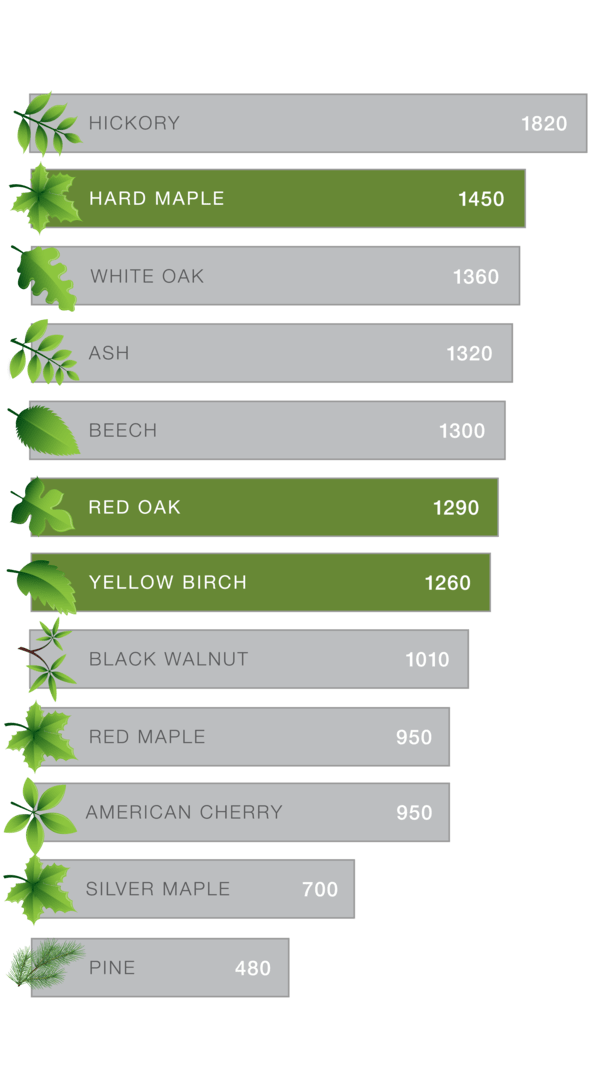
The look of wood is influenced by the natural characteristics of the tree such as:
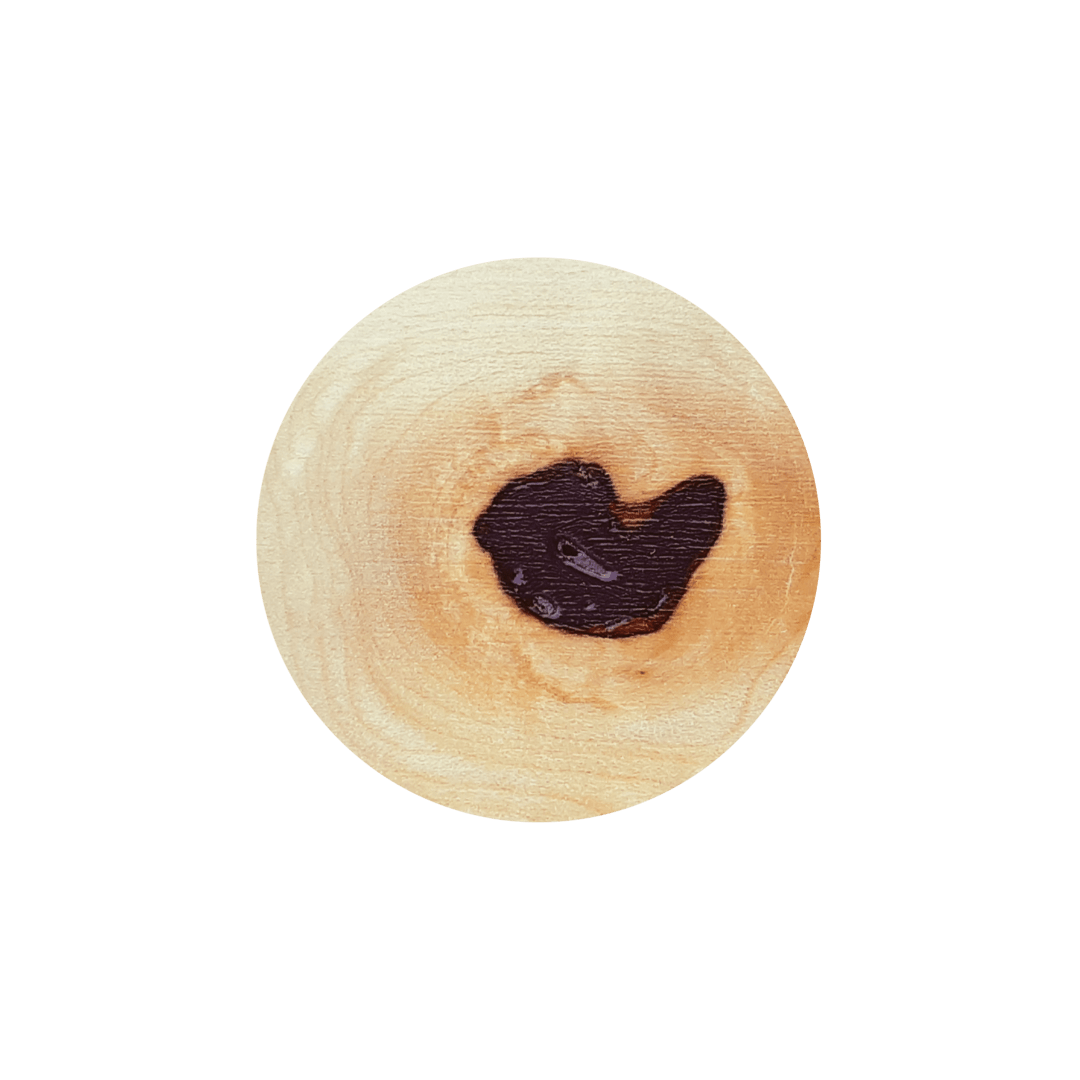
Knots
Joint of a branch to the trunk
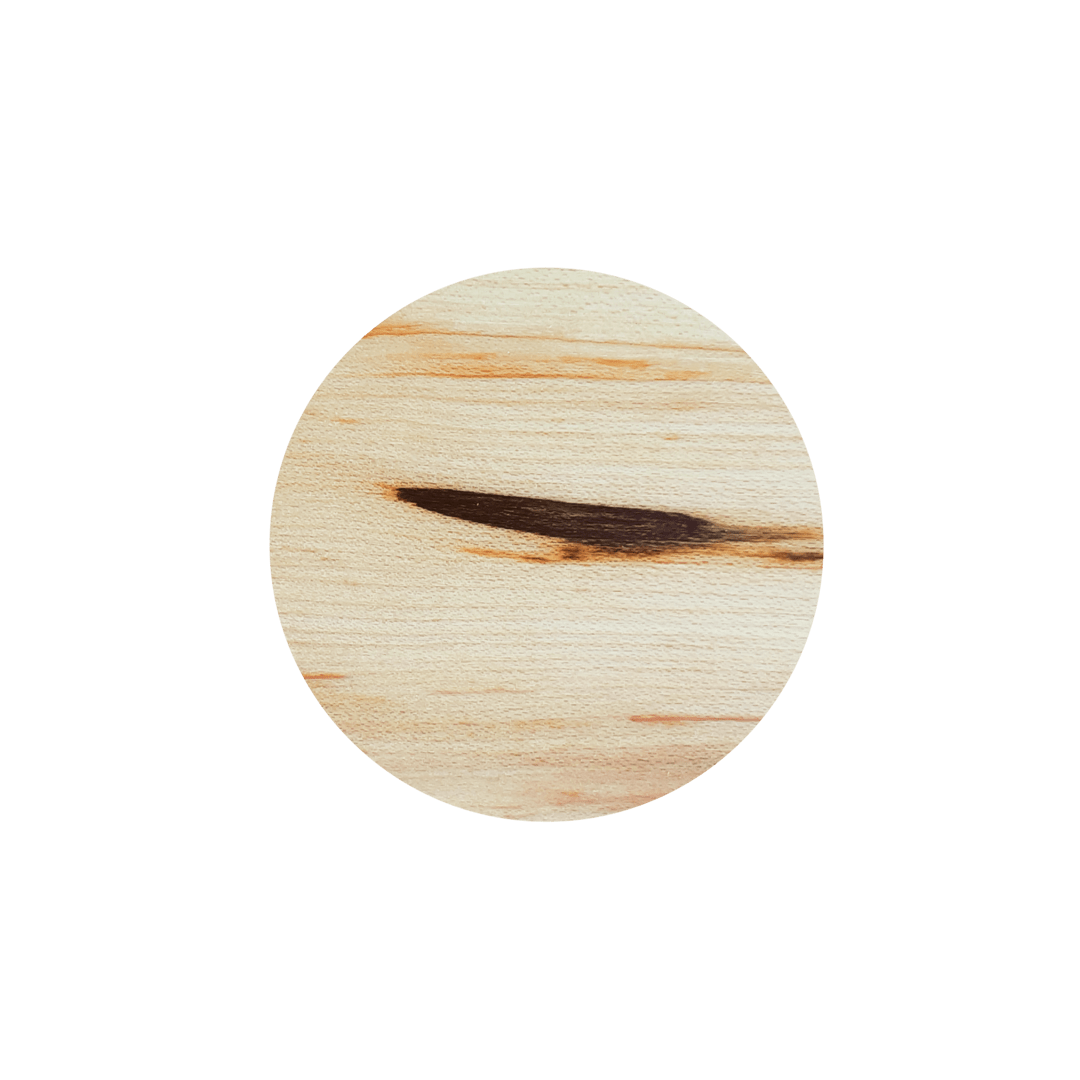
Mineral streaks
Darker variation in the wood grain
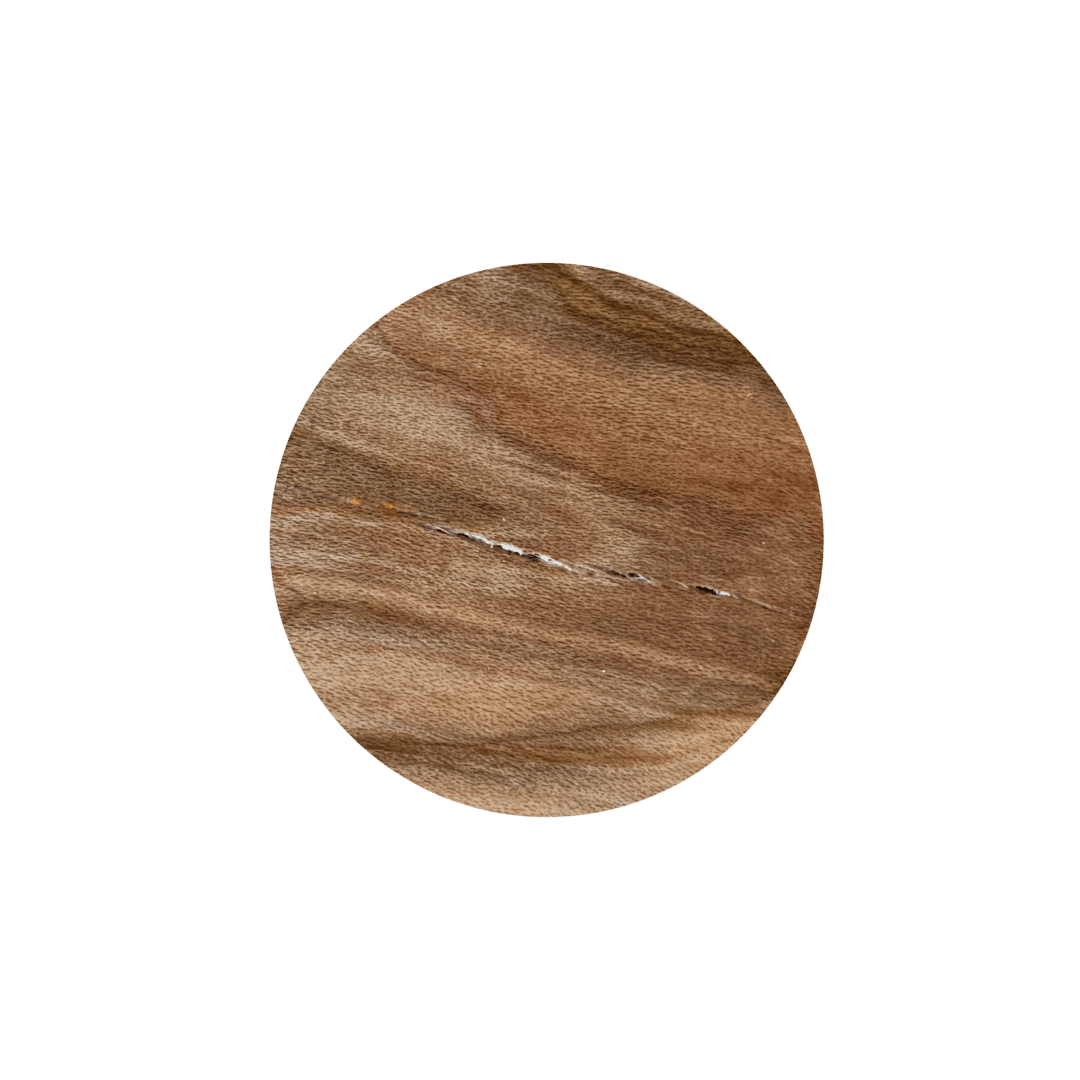
Splits and checks
Fine surface opening
Grades are a visual segmentation based on the quantity and variation of the natural characteristics.
Expert Floors by Lauzon are available in 4 appearance grades.
Select & Better
This floor offers a distinguished and even looking appearance with subtle color variation and natural shades. Presence of small sound knots and mineral streaks are very limited.
Exclusive
Mostly even in appearance, this floor features a natural color variation with occasional darker shades. Small sound knots and mineral streaks are allowed in restricted size and numbers. Fine splits and checks are also possible in very limited number.
Tradition
This floor features moderate to pronounced variation in color and natural shades. Natural characteristics such as sound knots, filled knots and mineral streaks may compliment this grade’s appearance. Fine splits and checks may be present occasionally.
Character
This floor displays all the natural characteristics of wood. Pronounced color variation, filled sound knots, mineral streaks, splits and checks are included in the distinct personality of this floor.
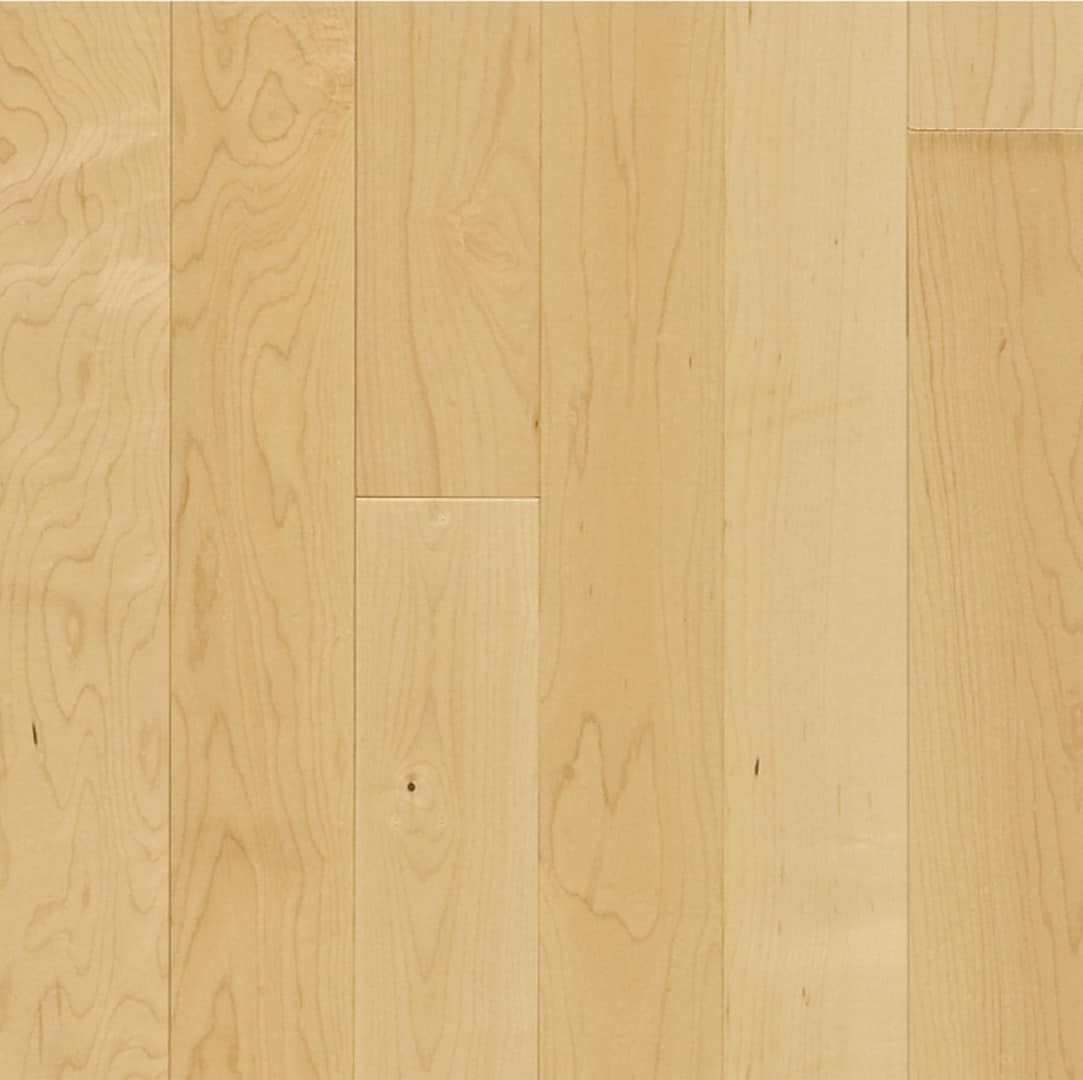
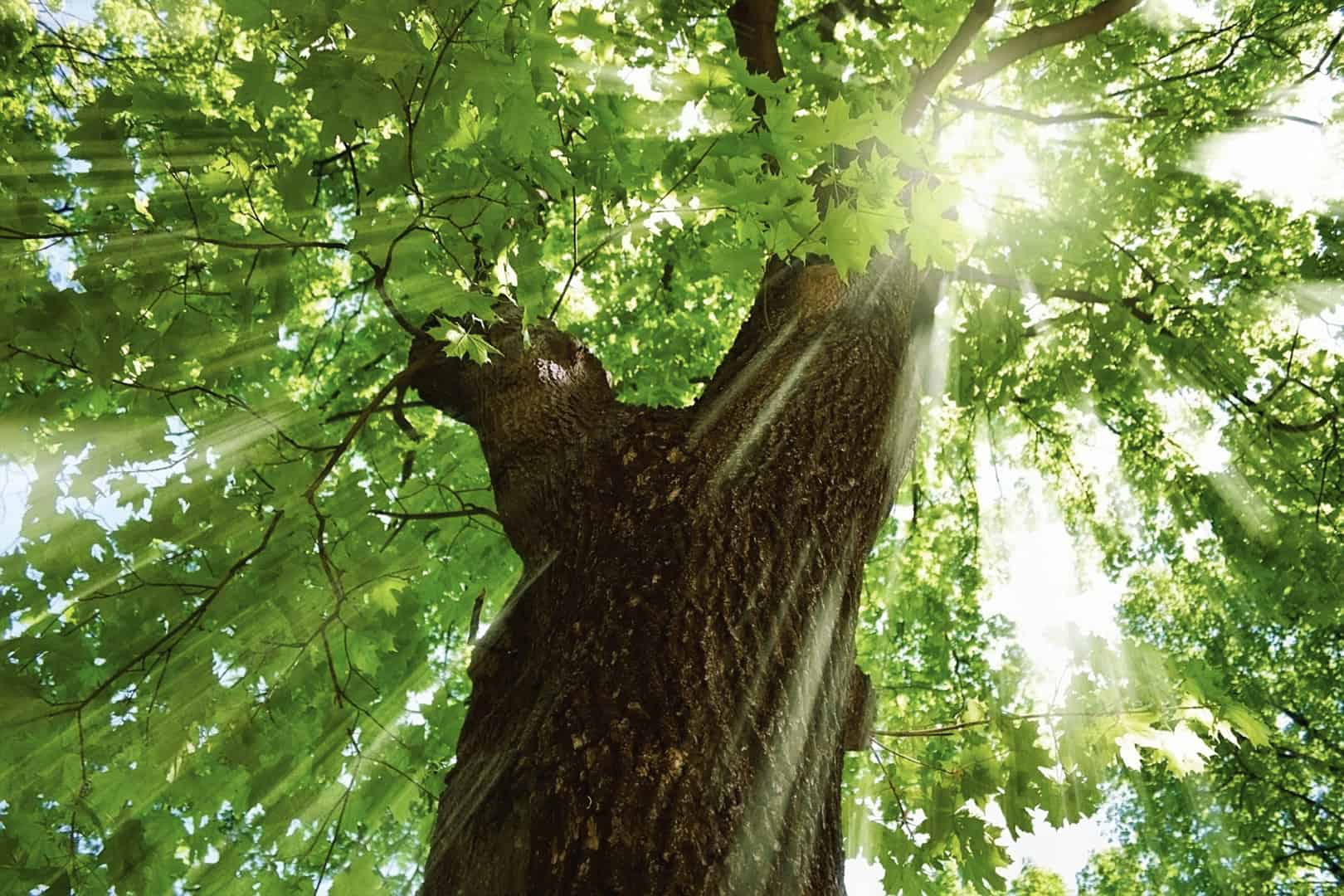
Canadian sugar maple, the hardest of all maples
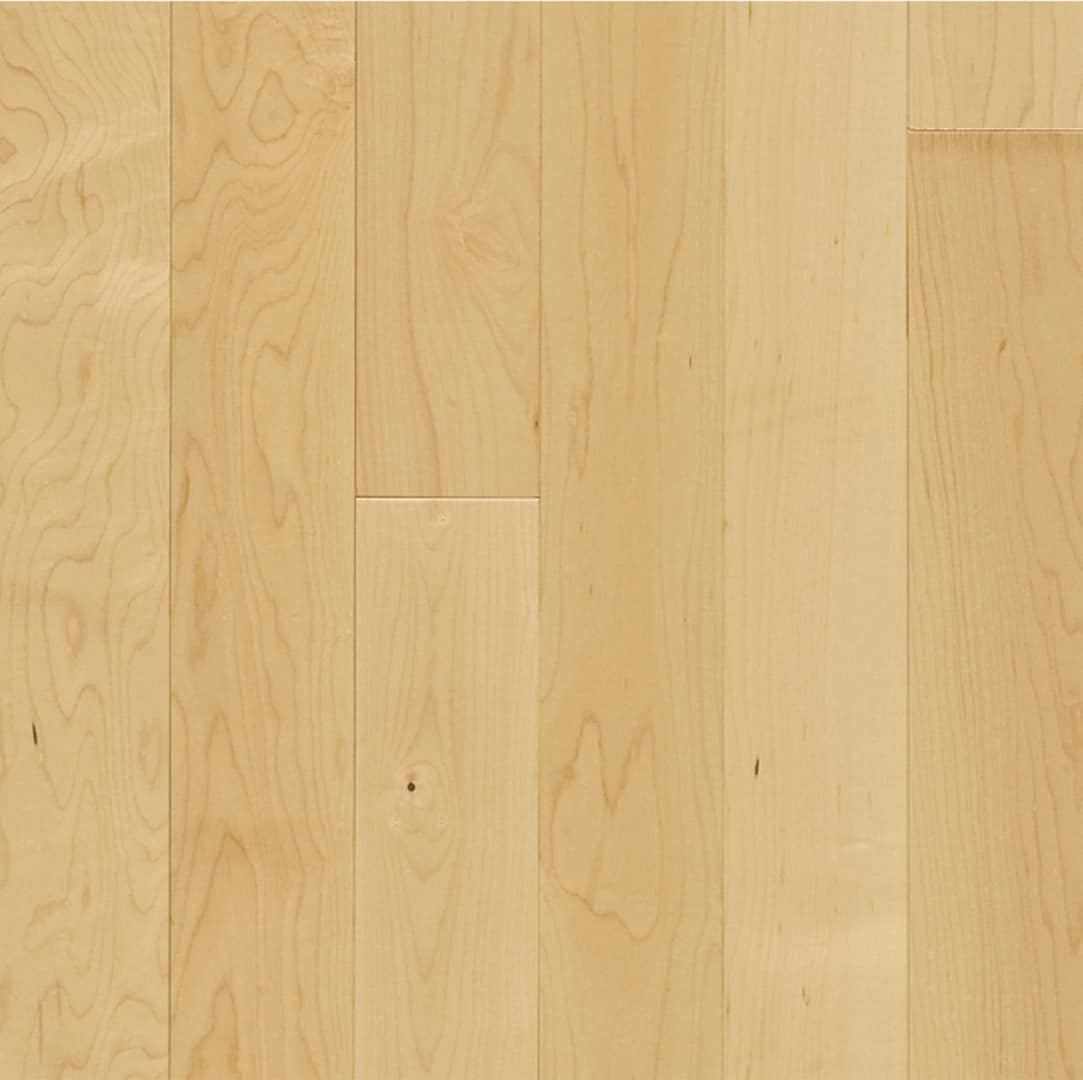
Select & better
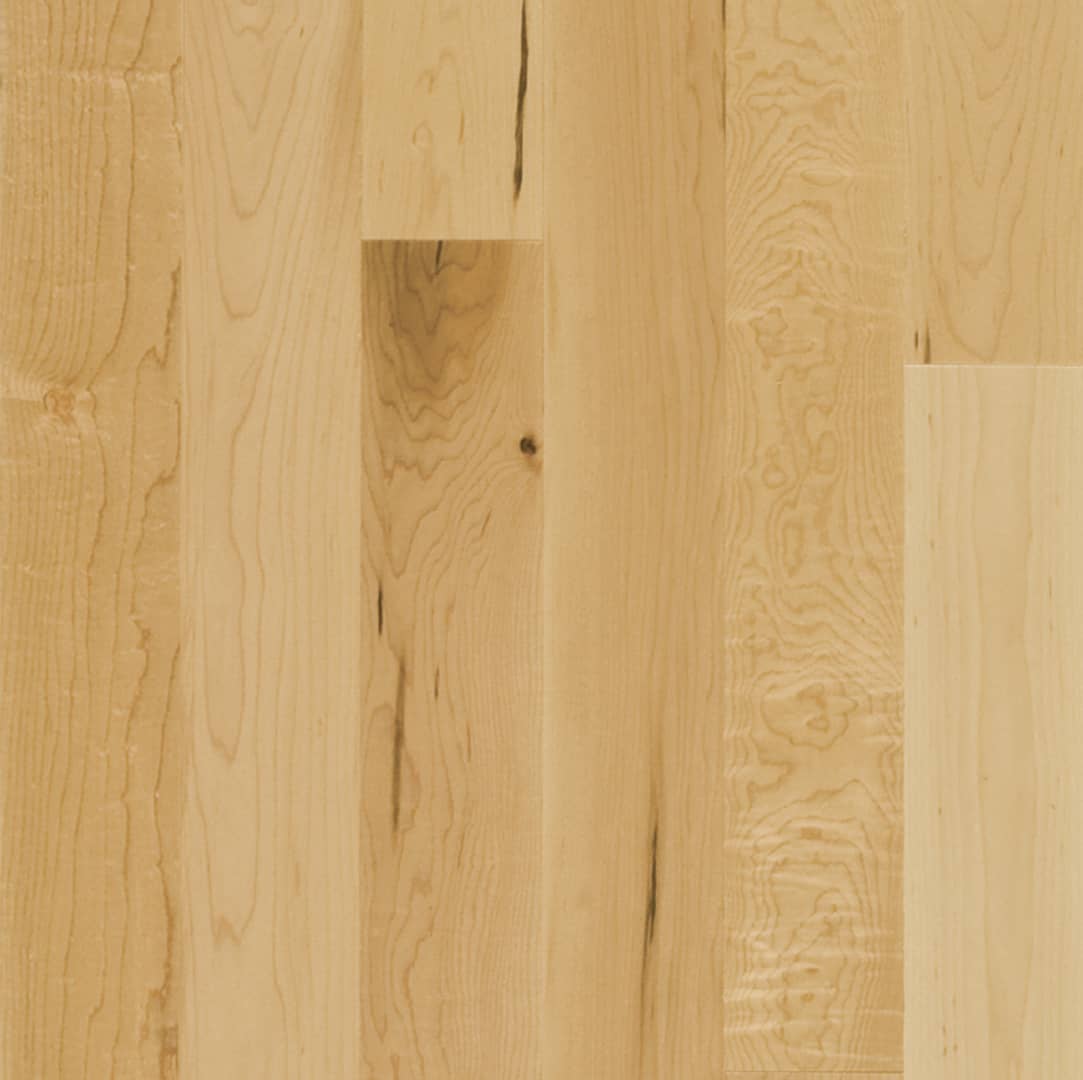
Exclusive
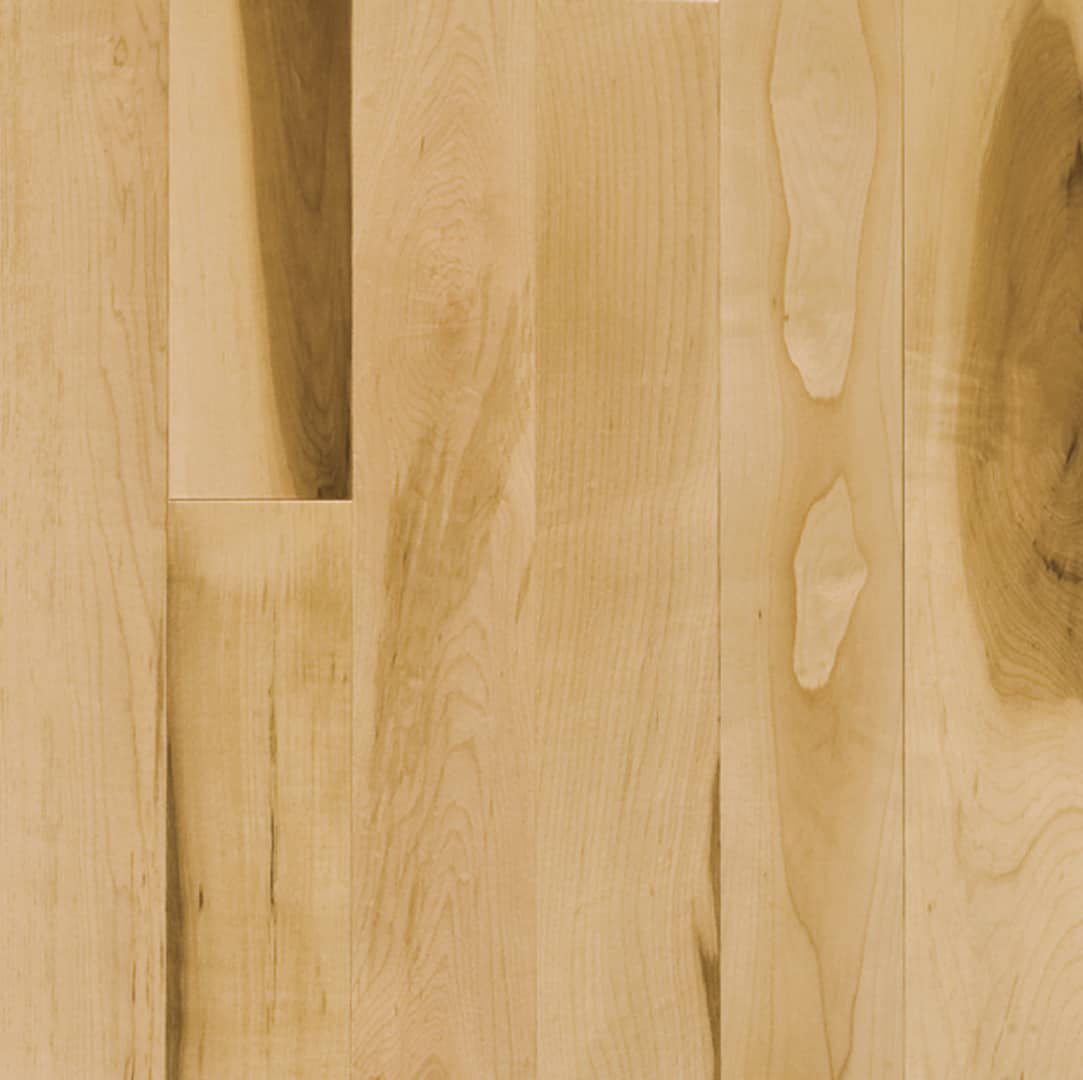
Tradition
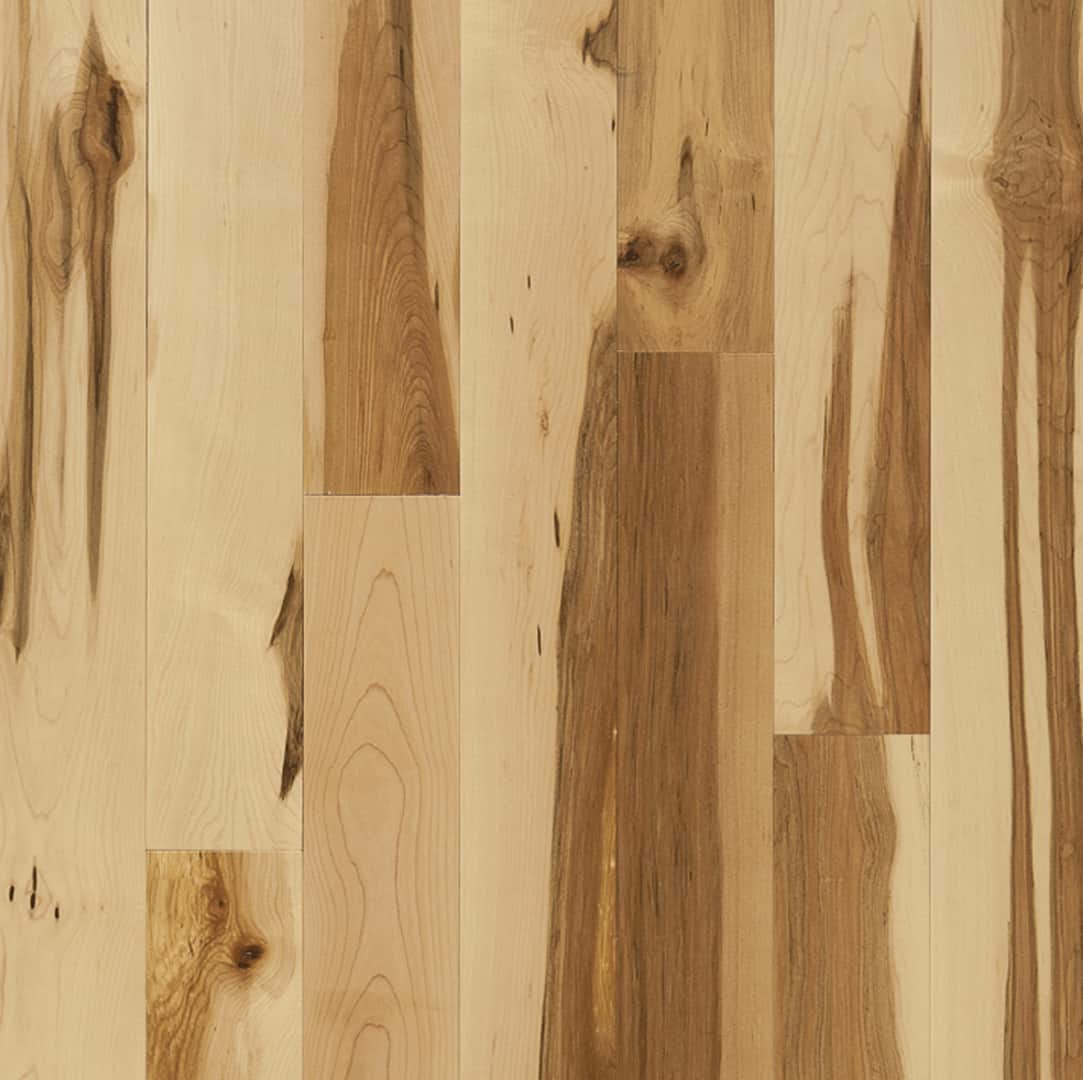
Character
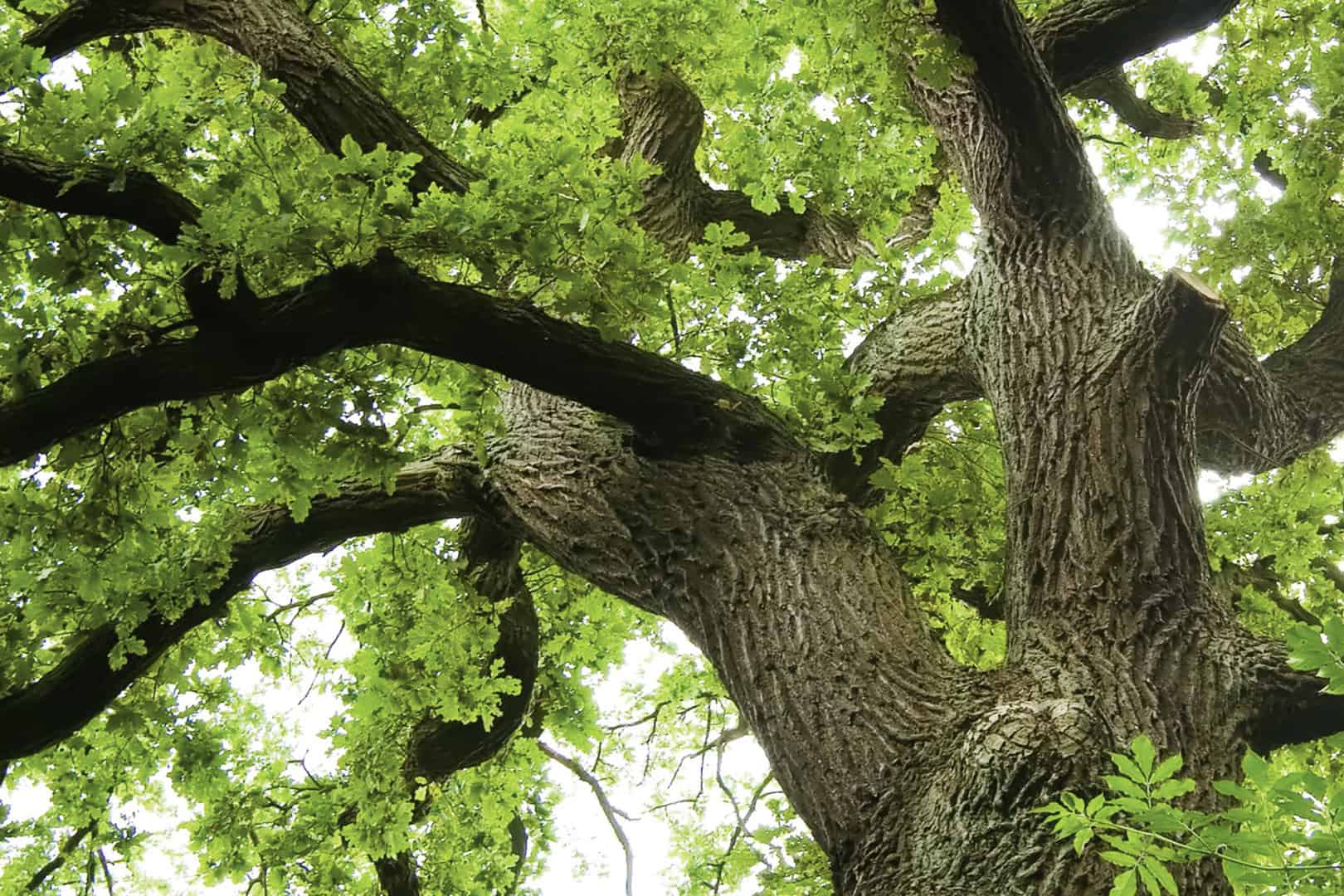

The most popular species in North America

Select & better
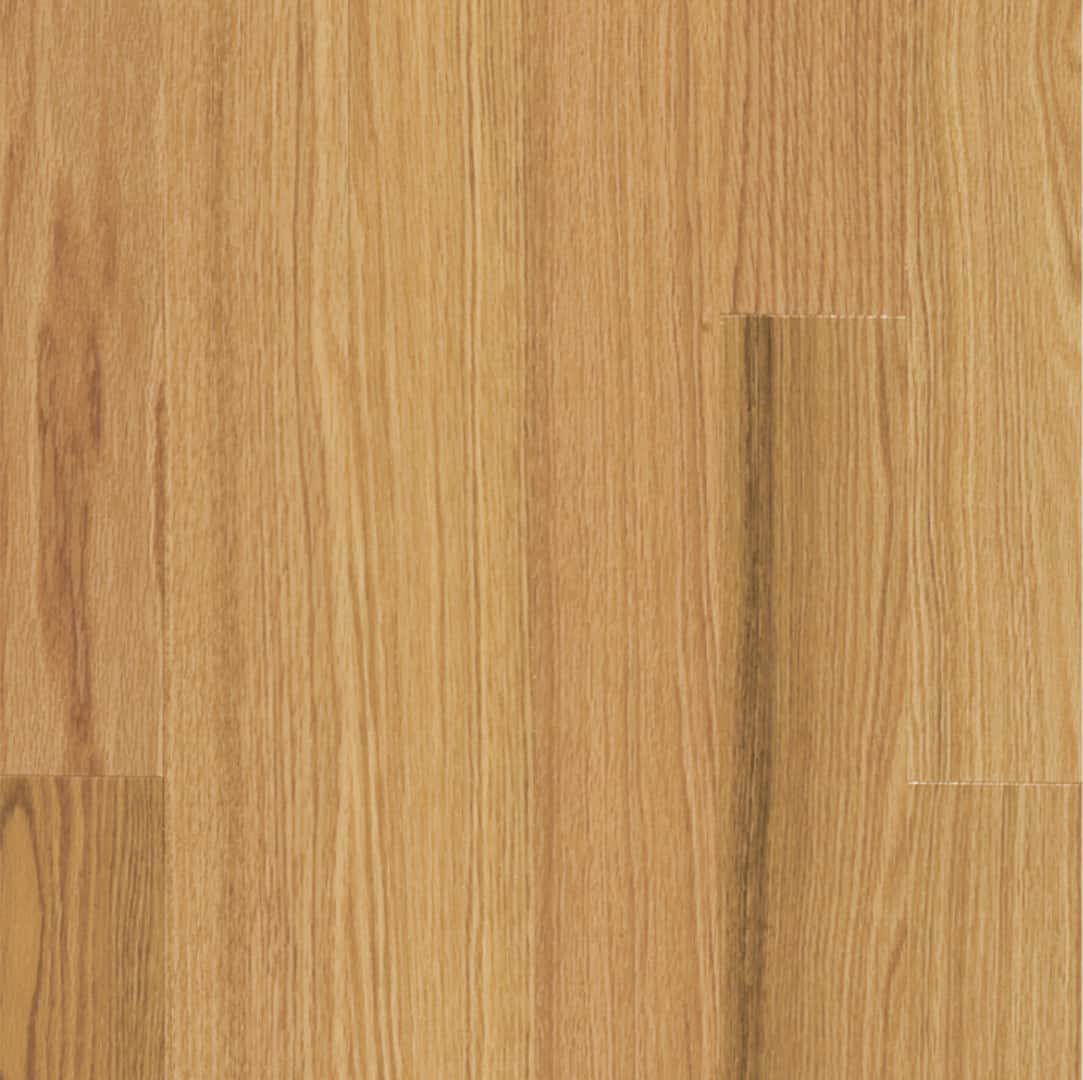
Exclusive
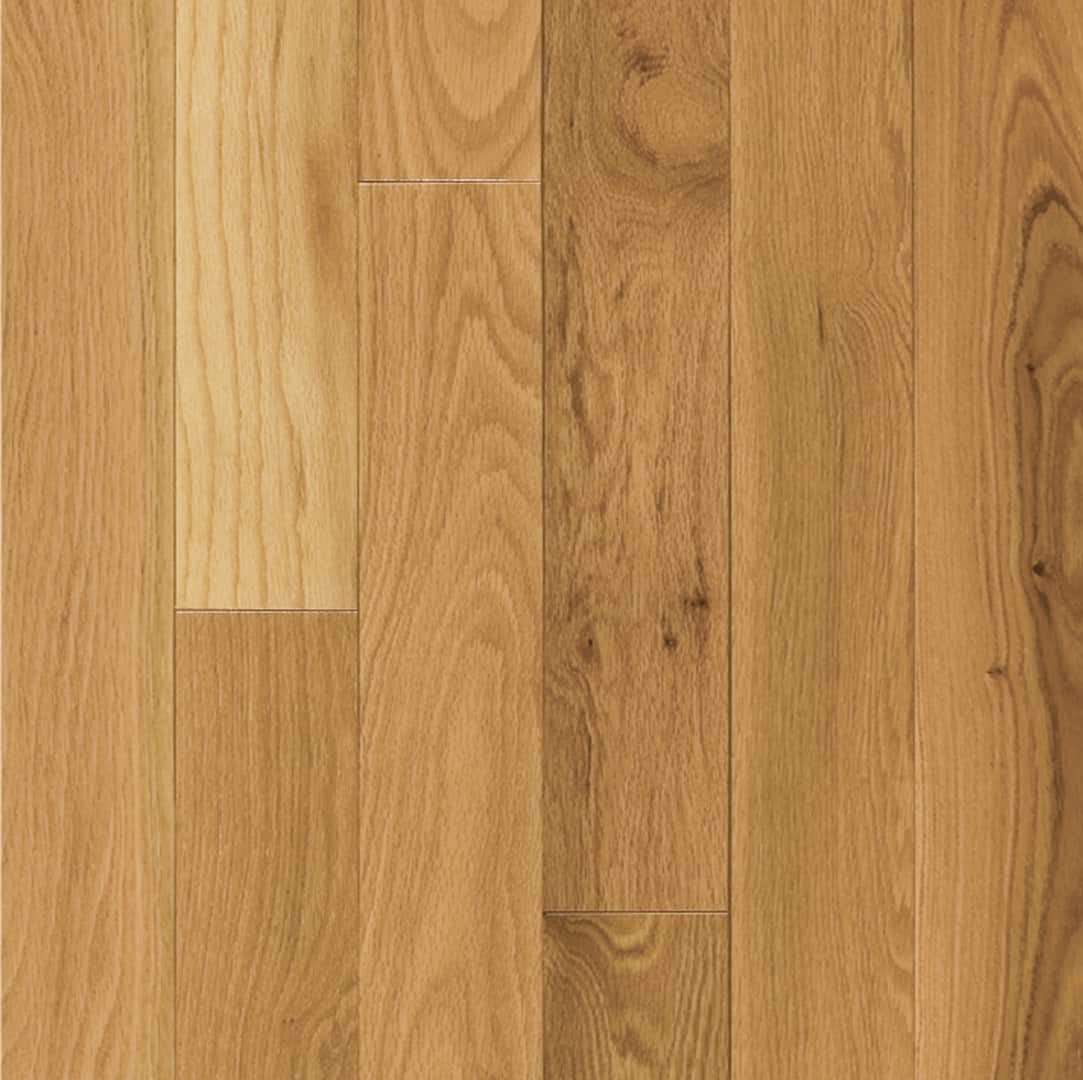
Tradition
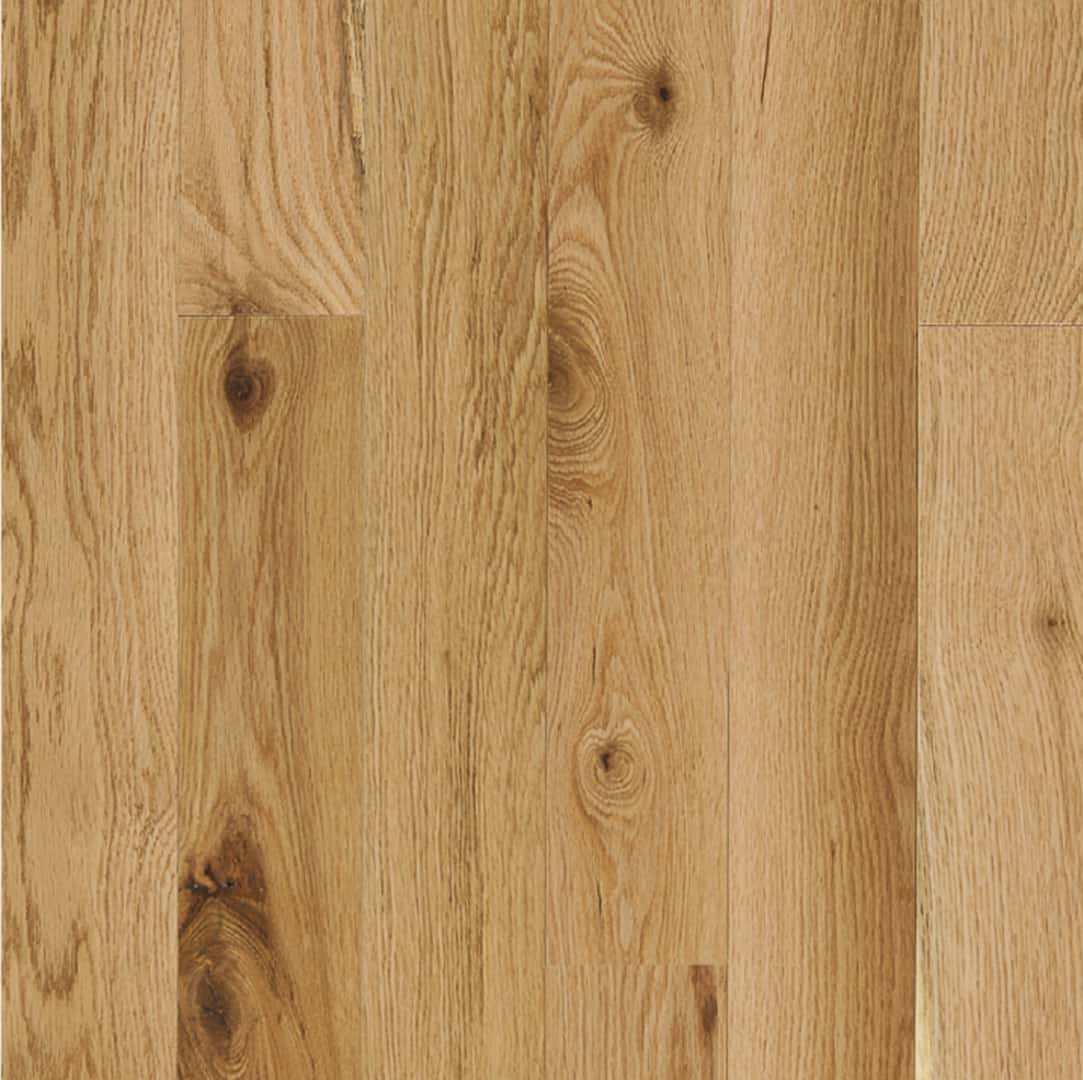
Character
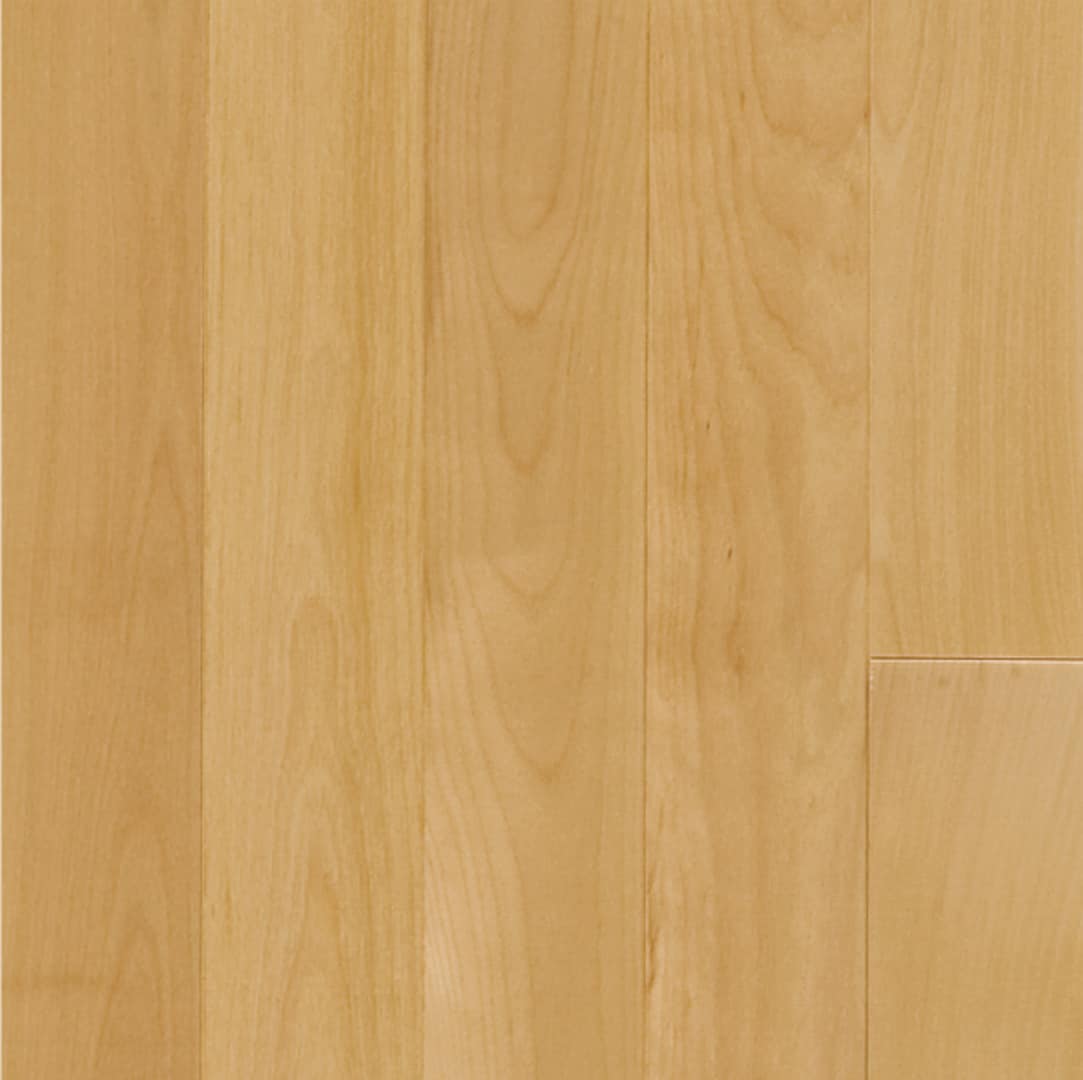
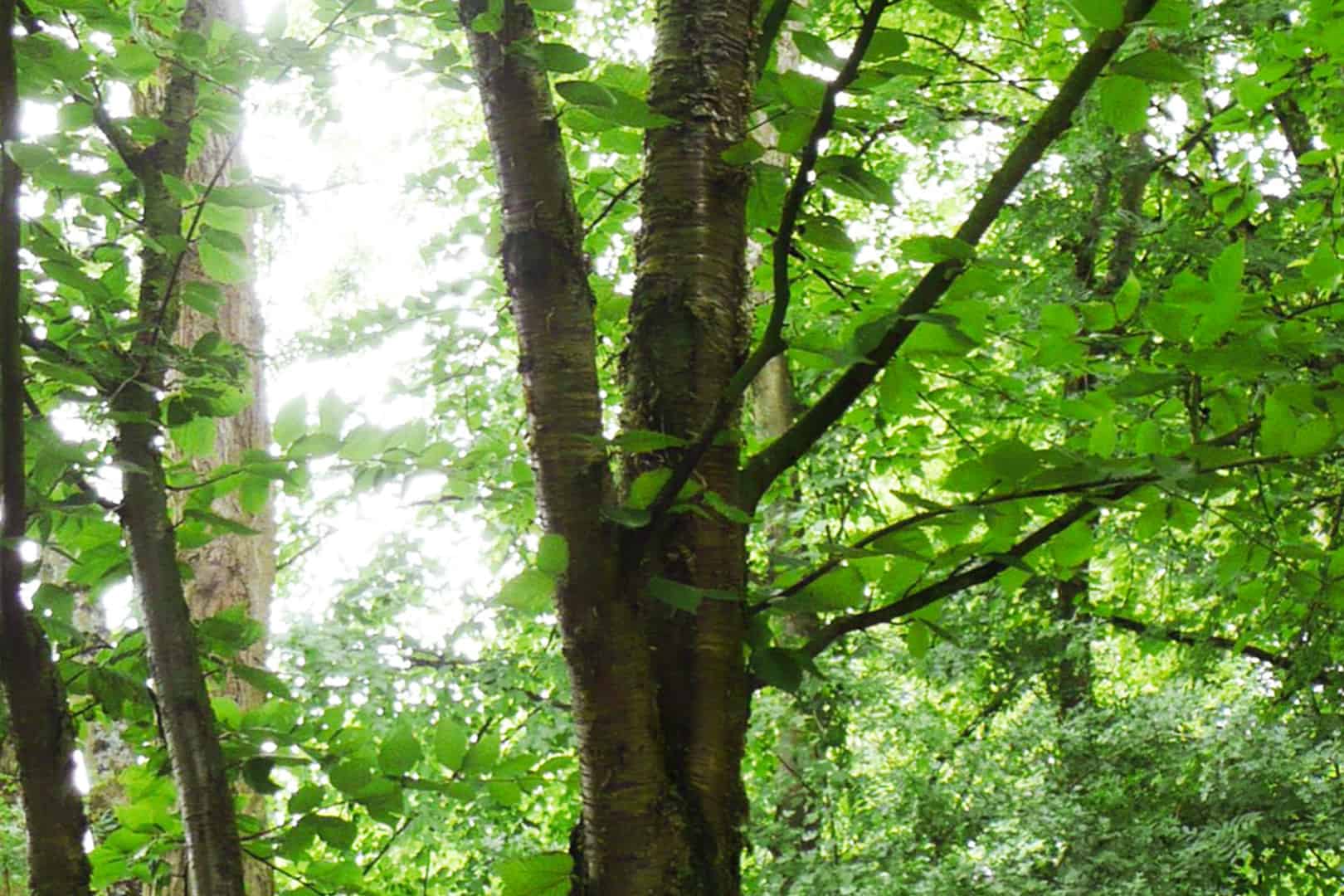
North Eastern emblematic species

Select & better
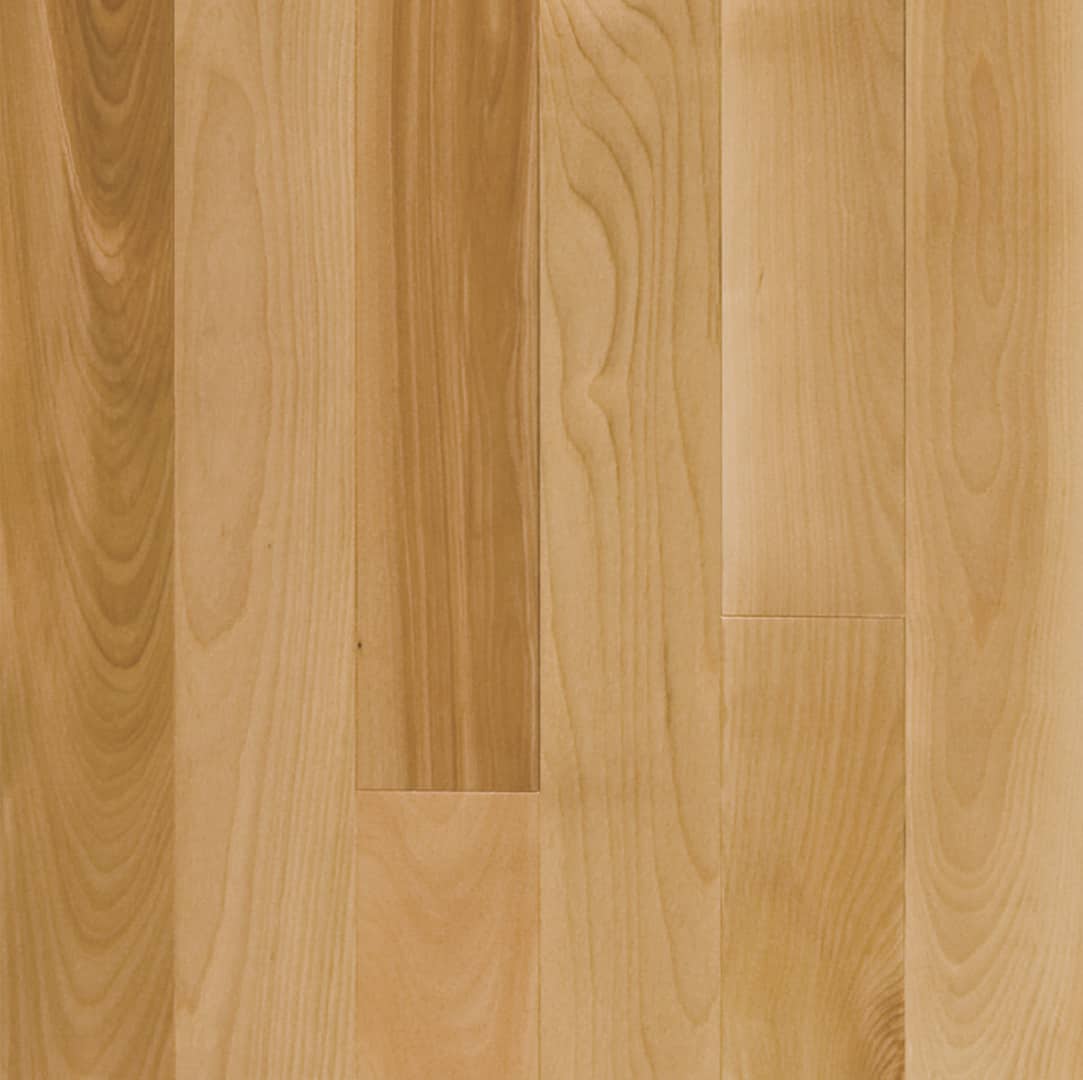
Exclusive
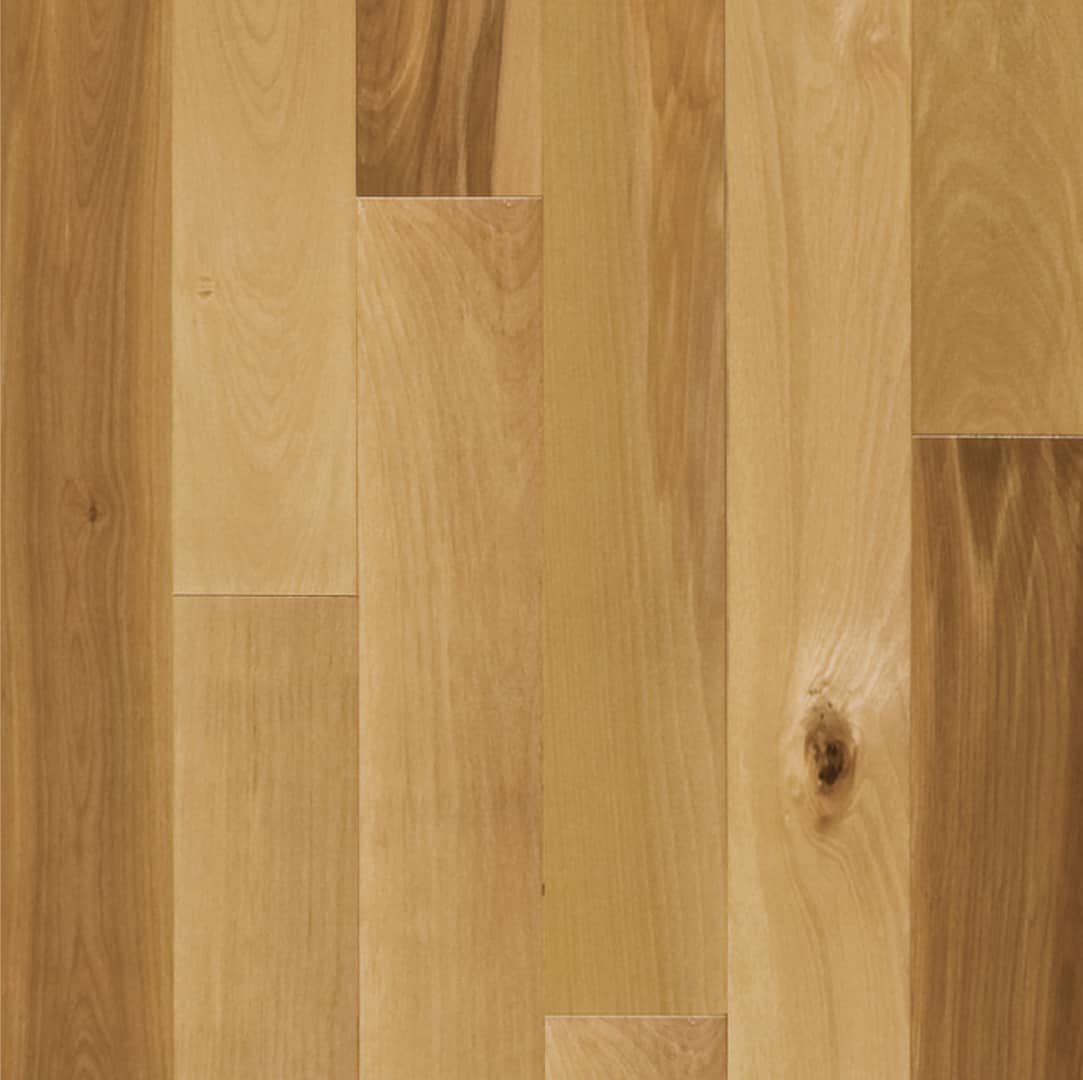
Tradition
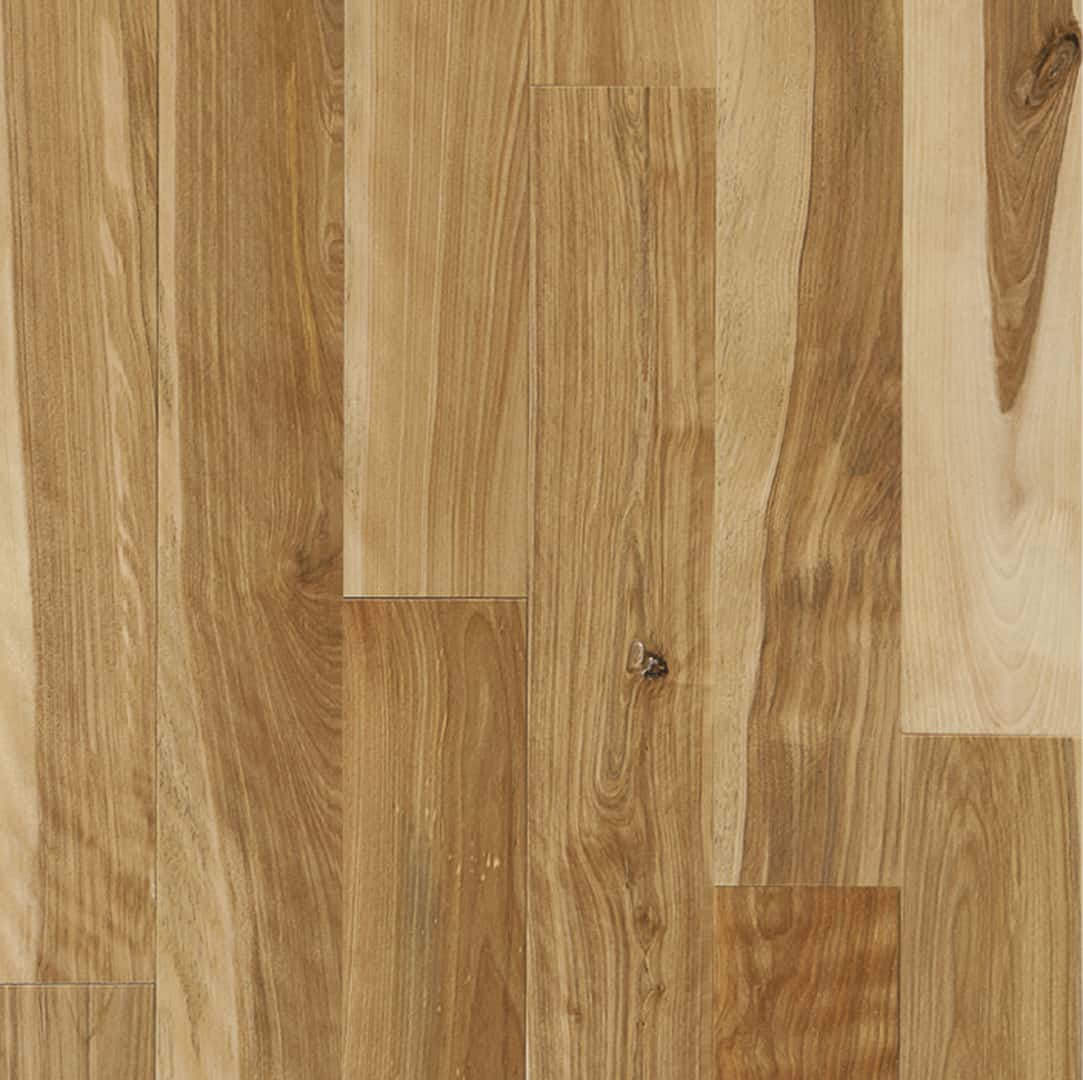
Character
All rights reserved © Lauzon, 2021
Les planchers Expert ont une garantie résidentielle à vie limitée sur tout défaut structurel et une garantie résidentielle limitée de 35 ans sur l’usure complète du fini.
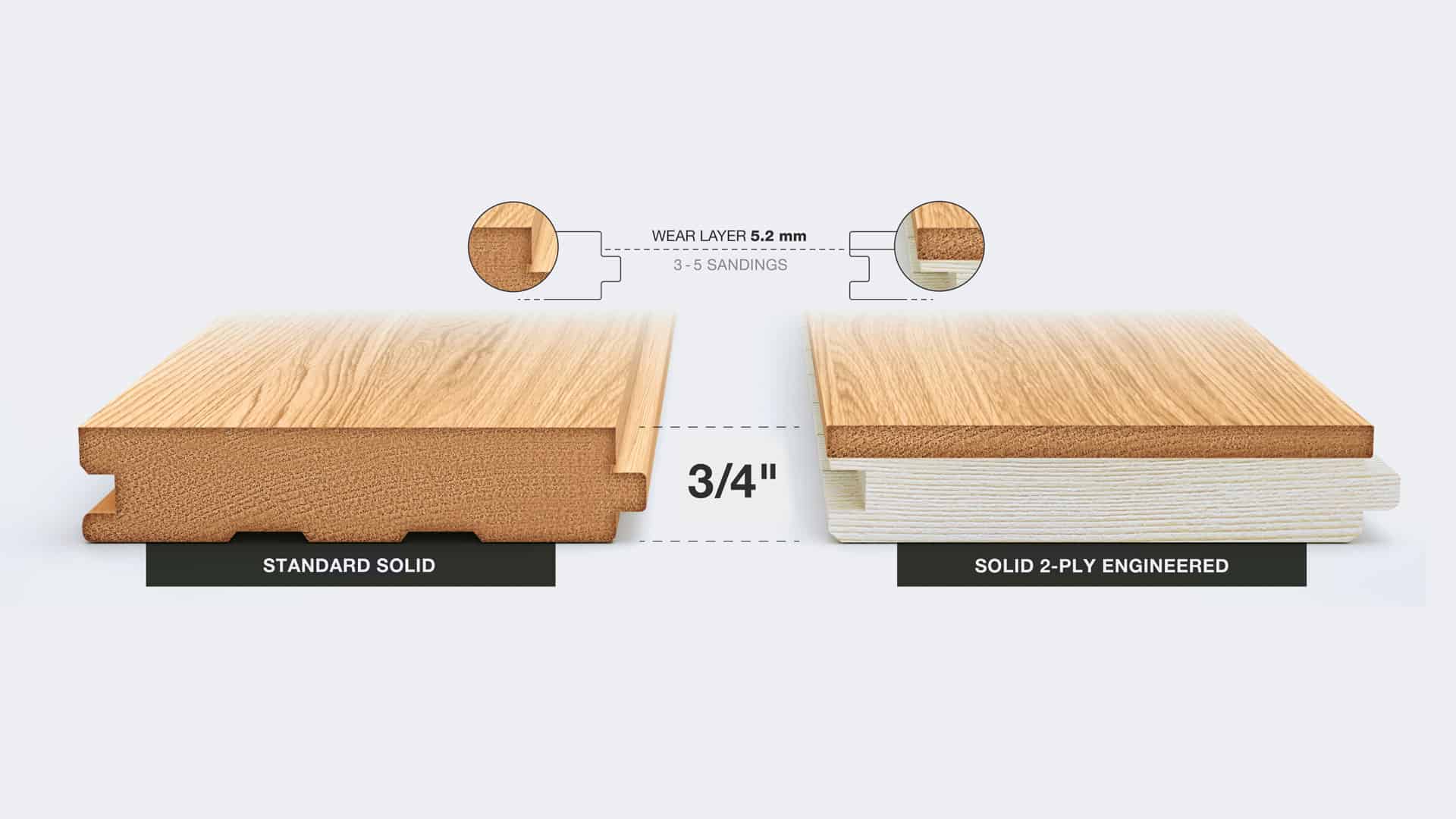
All Expert hardwood floors come with a lifetime residential limited warranty on structural default and a 35-year limited residential warranty on the complete wear of the finish.